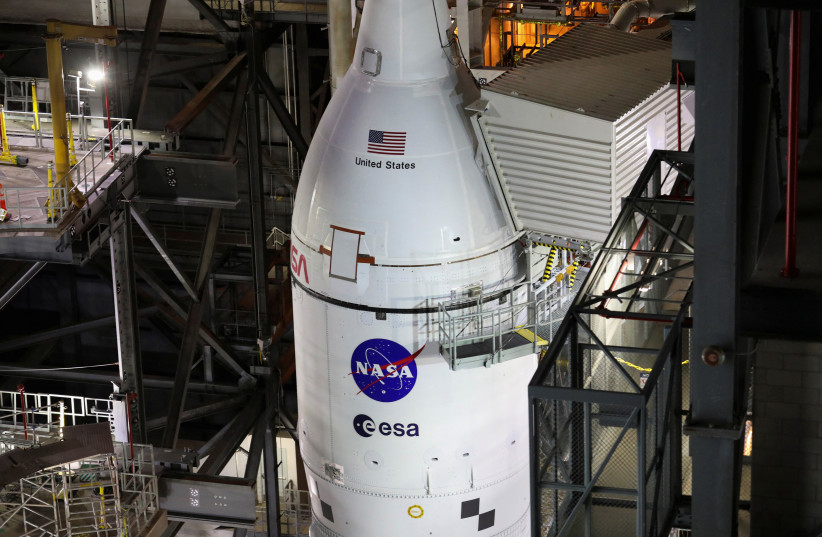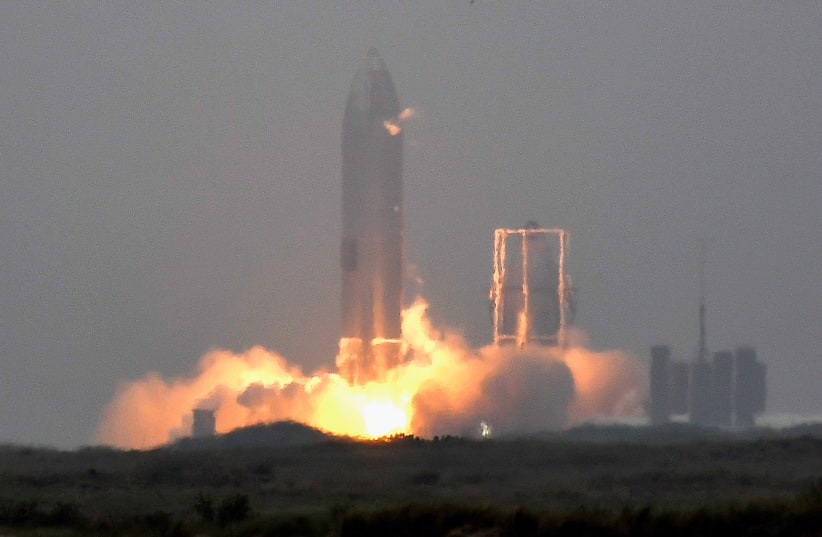NASA on Friday announced 13 candidate regions of the Moon for the Artemis III Moon landing mission.
Each candidate region includes several possible landing sites.
NASA noted that Artemis III will be the first in a series of missions to bring astronauts to the Moon, including the first woman and the first person of color to be on the Moon.
The regions include:
- Faustini Rim A
- Peak Near Shackleton
- Connecting Ridge
- Connecting Ridge Extension
- de Gerlache Rim 1
- de Gerlache Rim 2
- de Gerlache-Kocher Massif
- Haworth
- Malapert Massif
- Leibnitz Beta Plateau
- Nobile Rim 1
- Nobile Rim 2
- Amundsen Rim

“Developing a blueprint for exploring the solar system means learning how to use resources that are available to us while also preserving their scientific integrity.”
Jacob Bleacher, NASA chief exploration scientist
Each region contains unique geological traits and is within six degrees latitude of the Moon's South Pole. NASA noted that the selection of regions provides options for all potential launch opportunities; As the timing of the launch is catered to specific landing sites, multiple regions provide flexibility to launch throughout the year.
When selecting the regions, NASA researchers assessed the area near the South Pole using data from the Lunar Reconnaissance Orbiter and previous findings.
In addition to launch window availability, the researchers assessed the ability of each region to allow a safe landing based on factors such as lighting conditions, terrain slope and ease of communications with Earth, and took into account the capabilities of the Space Launch System rocket, the SpaceX Starship human landing system and the Orion spacecraft.
Furthermore, the researchers weighed other landing factors with the scientific objectives of the Artemis III mission, including landing close enough to a permanently shadowed region that crew members can conduct a moonwalk while minimizing potential disturbances while landing so that crew members can collect samples and analysis.
From this, the researchers hope to gain information about ice that has been confirmed to be at the South Pole.
The regions are all near the South Pole because it is resource-rich and has not yet been explored by humans, according to NASA.
Potential impact of the Artemis III mission
NASA said that it hopes the Artemis III mission will contribute to the development of a sustainable long-term presence on the Moon and to future crewed missions to Mars.
“Developing a blueprint for exploring the solar system means learning how to use resources that are available to us while also preserving their scientific integrity,” said NASA chief exploration scientist Jacob Bleacher. “Lunar water ice is valuable from a scientific perspective and also as a resource, because from it we can extract oxygen and hydrogen for life support systems and fuel.”
